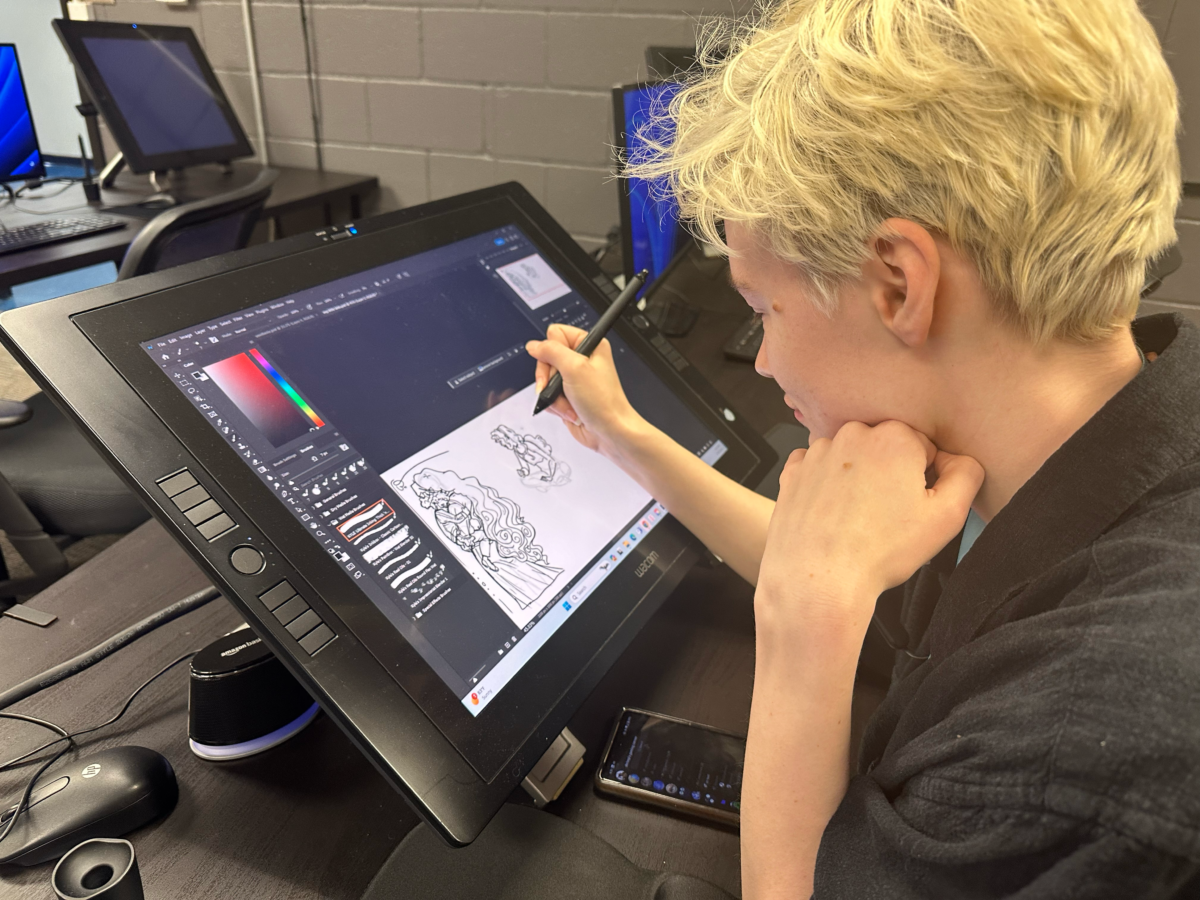In scenes that feel plucked from a children’s book, a young girl and her brother dress up to go see a rehearsal of the ballet Le Corsaire at the Lincoln Center. Once the performance ends, she’s asked whether she’d like to come back. “Yes!” she proclaims, as if it should be obvious. In her white floaty dress and silver short-heel shoes, she dances home: pliés on the train, arabesques and grand leaps over crosswalks, energetic twirls along the asphalt. At one point her brother goads her into making a jump from a closed grocery stand to the ground below. She does. She lands with all the grace adolescence affords.
Yolanssie Cardona, 12 at the time this Lincoln Center outing was filmed, is among a cohort of students at LIFT, the New York Theatre Ballet’s outreach program founded in 1989 by Diana Byer that offers mentorship, after-school assistance, and scholarships to students from low-income households attending the NYTB’s dance academy.
It is the story of this program and the community members it impacts that the documentary LIFT, directed by David Petersen and produced by Mary Recine, intends to showcase. Shot cinema verité, the clamor of New York City its score (or the classical piano of a rehearsal accompaniment), the documentary premiered at Tribeca Festival earlier this year, and is now available on Amazon and Apple TV+, with a screening slated for October 22 as part of the National Gallery of Art’s Art Films and Special Screenings. LIFT founder Diana Byer—who was succeeded by Steven Melendez as artistic director of NYTB last year—is still the school director and runs the program.
“There are a lot of programs for children who don’t have financial resources, but there are not a lot for kids coming out of the shelters because I think people are afraid,” Byer says. “They come with problems just like any other child; the problems are just different. And you just deal with them.”
Melendez was one of the first to participate in LIFT when he was seven. He would go on to have a career of stateside and international success. Upon returning to NYTB he eventually took up mentoring. As such, Melendez’s life began to intersect with three students in the program: Yolanssie Cardona, Sharia Blockwood, and Victor Abreu. Around the same time, director David Petersen was introduced to Byer on the premise of highlighting the initiative’s work. What was initially set to be a three-week shoot grew into a far larger project spanning more than a decade.
Early on, the documentary seemed more like a side project to Melendez as he focused his energy solely on his dance career. “I figured if he wants to follow me around with a camera, that’ll be his problem,” Melendez says.
“When I was very young, I was really adamant that I needed to run away from what I’ve called ‘the hyphen.’ I was really frustrated with being known as ‘the homeless ballet dancer.’ People didn’t seem to see me just as a dancer, and honestly, I didn’t care if they thought I was even bad. I just wanted to get a review that didn’t include my background in it. Only in the last five years have I realized that there’s actually a lot of value in telling the story.”
Melendez and Petersen would go on to have probing conversations on the idea of exceptionalism, particularly as LIFT’s stories could be viewed in that light. “We like to hoist up a winner that’s unlike the rest of us. But we ignore, we don’t celebrate, the people who are actually representative of the average of most of us.”
“Something that David and I talked about a lot was how do we make sure that this documentary tells the average story? How do we tell a story about ballet that doesn’t have bloody toes? How do we tell a story about Black and brown families that doesn’t show a broken home?”
The documentary therefore doesn’t go out of its way to portray any of its subjects as anything but ordinary. There are no lingering shots of unearned emotional weight. Children scamper on the playground, young dancers are mischievous in the back of rehearsal, a father cries in the audience as his daughter performs. Low-income status or housing insecurity is presented not as a far-flung concept only to be pitied but rather a facet of a community that can be addressed with dignity and, as Byer puts it, “common sense.”



